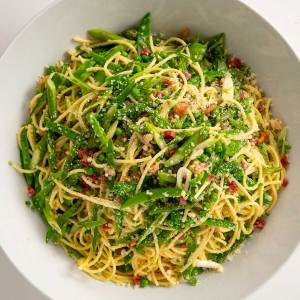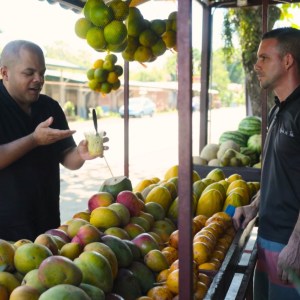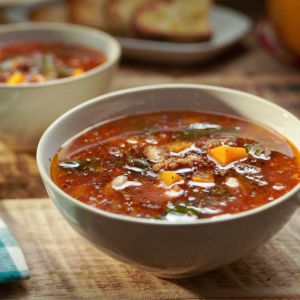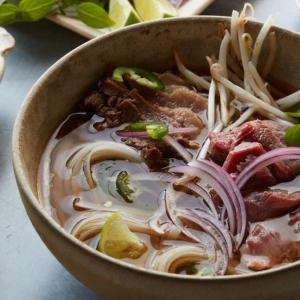ADVERTISEMENT
shows
The show you were looking for may no longer be cooking on Food Network Canada. Hungry for more? Have a scroll through some other shows we think you might enjoy!
Watch and stream your favourite Food Network Canada shows anytime, live or on demand on STACKTV and the Global TV App. Visit the Where to Watch page for more information.
Filter By content
Molly Yeh's Sausage and Bean Soup Makes for an Easy One-Pot Meal
1 hr 35 min
10 servings












